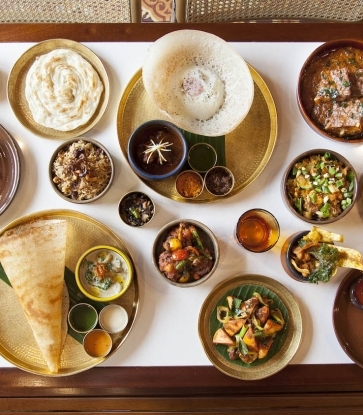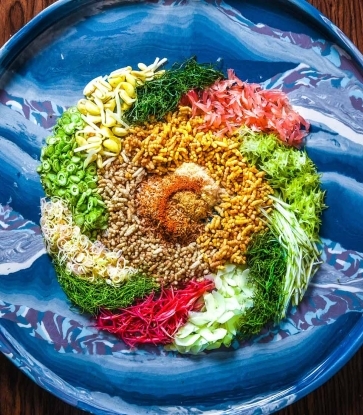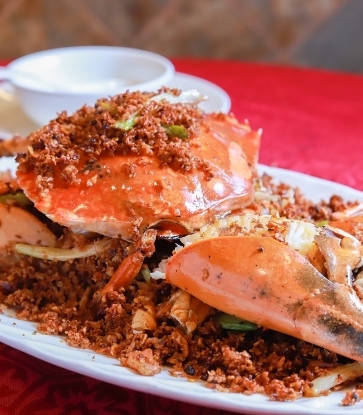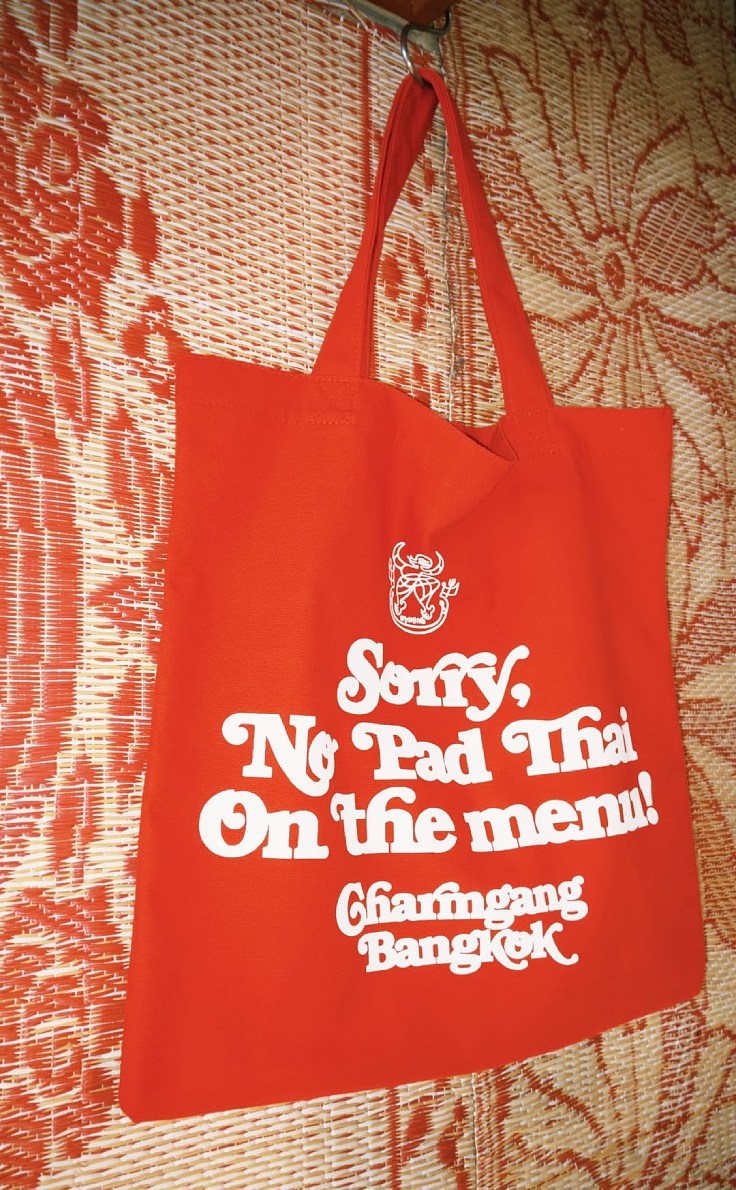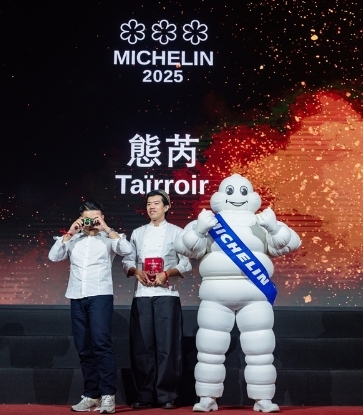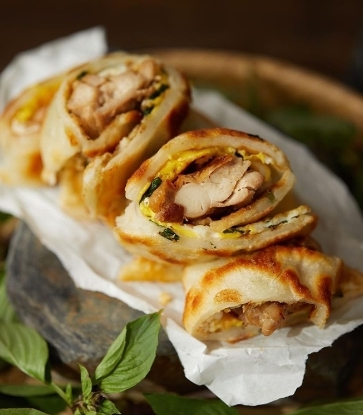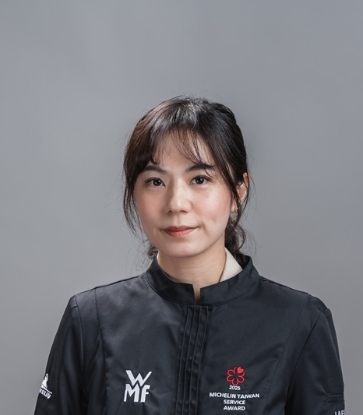In Chinese culinary tradition, zongzi — or rice dumplings — carry as much history as they do flavor. A parcel of stuffed glutinous rice wrapped in fragrant leaves and steamed or boiled to perfection — what began centuries ago as a humble method for cooking rice has evolved across regions and cultures into an expressive culinary art.
Each early summer, as the Dragon Boat Festival approaches, Taiwan is swept up in its own lighthearted yet passionate culinary rivalry between North and South. Often the subject of playful debate, the differences are real, with each region developing its own distinct takes on this traditional dish.
But that is only part of the story. From east to west, across Indigenous communities, immigrant traditions, and inventive modern kitchens, Taiwan’s many styles of zongzi celebrate its rich cultural identity and deep affection for rice in all its forms.
RELATED: Restaurants for Rice-based Dishes in Taipei and Taichung
North, South — and the Curious Case of the Alkaline Zongzi
Peel open a zongzi in Taiwan, and you'll often be able to tell where it comes from just by looking at it. Southern-style zongzi are made by wrapping raw glutinous rice around the fillings and then boiling the bundle until everything is tender and sticky. The result is a smooth, dense texture where the grains cling together. In contrast, northern-style zongzi are prepared with rice and fillings that are stir-fried before being wrapped and steamed, yielding a fluffier bite with a toasty depth.
In southern cities like Tainan and Kaohsiung, cài zòng, or "vegetable zongzi" — though there’s no actual vegetables in sight — feature nothing but rice and peanuts, finished with a light soy-based sauce and a further dusting of crushed peanuts for a gentle, nostalgic flavor. You can find excellent versions at MICHELIN Bib Gourmand establishments like Yi Jia Zi in Taipei’s Wanhua District or Caizong Li in Kaohsiung.

For something heartier, Taiwan’s traditional meat zongzi are packed with bold, savory flavors — braised pork belly, shiitake mushrooms, dried shrimp, salted egg yolk, chestnuts, and in coastal areas, even dried oysters and bamboo shoots.
Further Reading: What Is Taiwanese Gua Bao?

And then there’s the alkaline zongzi, or jianshui zong — a translucent golden dumpling that stands apart from the rest. Made by soaking glutinous rice in alkaline water, this version takes on a chewy, jelly-like texture reminiscent of mochi or grass jelly. Typically served chilled, it’s often dipped in sugar or honey and is especially refreshing as a summertime dessert.
RELATED: Video: Chef Arvin Wan’s Taiwan Is Diverse, Captivating and Best Experienced With Friends

Forest Bites: Indigenous Leaf-Wrapped Traditions
Among Taiwan’s Indigenous communities, leaf-wrapped rice parcels are just as common — but less tied to the Dragon Boat Festival. Think of them as nature’s original bento boxes. These dishes serve as portable, practical meals rooted in daily life and survival in the wild.
The Amis people craft alifongfong using the long, aromatic leaves of the coastal pandanus tree, weaving them into small pouches filled with glutinous rice and salted pork. The Atayal, meanwhile, are known for a sweet version wrapped in banana leaves, made with glutinous rice, bananas, and a touch of sugar — perfect sustenance for hunters on the move.
Two of the most iconic Indigenous varieties are abai and cinavu, typically long and cylindrical, wrapped in shell ginger leaves. The starch base is often made from millet or powdered taro root, with a layer of pork or — on special occasions — snail meat, affectionately nicknamed “mountain veal” by some Indigenous groups. These rare and meaningful dishes are best experienced at restaurants that serve indigenousn cuisine such as Gulu Gulu in Taichung, where you can savor a Paiwan-style abai prepared with deep cultural care.

Flavors of Nostalgia: Jiangnan-Style Elegance
Among Taiwan’s many regional variations, the waisheng zongzi usually refers to the long, slender Huzhou-style variety. These elegant dumplings hail from the region around Shanghai and Hangzhou and come in both savory and sweet forms.
The savory version features marinated glutinous rice encasing rich, fatty pork belly, slow-cooked until tender. The sweet version is stuffed with silky red bean paste enriched with pork lard, resulting in a soft, luxurious texture.
These nostalgic flavors endure in Taipei’s traditional markets such as Nanmen and Xinyi. Even Din Tai Fung, famous for its refined Shanghainese fare, offers both savory and sweet versions year-round for devotees of this classic style.

Around the holidays, some Cantonese restaurants also join the celebration, drawing inspiration from dim sum favorites like lotus leaf rice and sticky rice chicken (lo mai gai). At MICHELIN-recommended Yu Yue Lou in Taichung, you might find a Lotus Leaf Sesame Oil Chicken Zongzi, rich with mushrooms and dried squid. Regent Taipei hotel also offered opulent creations like the Abalone and Fish Maw Treasure Zongzi, inspired by Hong Kong’s celebratory poon choi, as well as seasonal specialties filled with delicacies like bird’s nest and matsutake mushrooms.
The Hakka Touch: Rustic, Fragrant, and Chewy
Hakka-style zongzi are known for their bold, rustic character. The glutinous rice is stir-fried for a dry, fluffy texture, often mixed with diced pickled radish for extra crunch and umami. Bamboo leaves and shell ginger leaves are both used for wrapping, the latter imparting a heady, herbaceous aroma.One particularly unique variation is the bǎn zòng, a Hakka dumpling made from a dough of ground glutinous and short-grain rice. Wrapped around savory fillings and steamed, its snowy-white exterior gives way to a soft, chewy texture reminiscent of Taiwanese gui (rice cake) — a beloved comfort food.
Hero image: ©Shutterstock
The article is written by Mokki Hsiao. Read the original article here.



